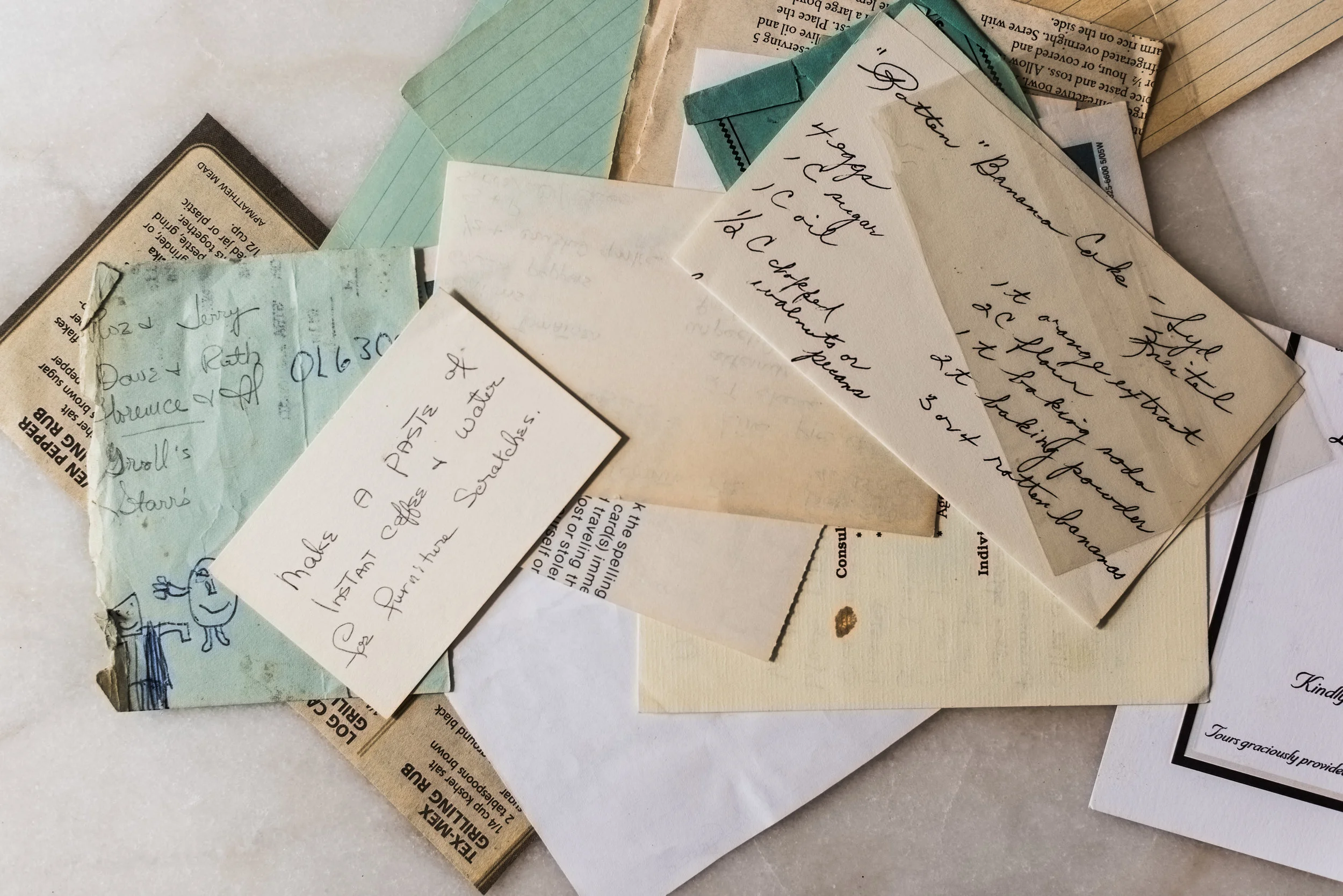Chef Michael Solomonov’s Brisket Recipe Has Evolved With Each Generation
Shared by Michael Solomonov
Recipe Roots: East Liverpool, Ohio > Gnei Yehudah, Israel > Pittsburgh > Orlando and Boca Raton, Florida > Kfar Saba, Israel > Philadelphia
Michael’s grandfather Alex and Golda Meir, likely in the 1970s.
Chef Michael Solomonov remembers his mother’s parents Alex and Betty as “macher-y cadillac driving” types, he says, who were “very humble, but kind of got blingy in their old age.” His grandfather, whose parents owned a grocery store, “bootlegged whiskey to pay for medical school,” adds Michael, who is the chef and owner of the acclaimed Zahav and a constellation of other restaurants in Philadelphia.
Alex was deeply involved with Israel Bonds while Betty was part of Hadassah. Michael laughs remembering a photo of Alex wearing a three piece suit standing next to Golda Meir “who’s wearing a muumuu, smoking a cigarette.”
“And so that is sort of the spirit of this brisket,” Michael explains. A signature family recipe, the brisket has evolved with each generation. The original started with Betty and calls for carrots, potatoes, and Heinz Chili Sauce. She served it at nearly every holiday, including when she hosted up to 40 people at her home for Rosh Hashanah in East Liverpool, Ohio when Michael’s mother was growing up. “I guarantee my grandparents were probably friends with the Heinz family,” he adds. His aunt Ava says he’s not far off, though she believes her grandfather might have been the one who knew the Heinz family.
Sometime in the 1980s, Ava says, the family brisket took a leap forward with her sister, Michael’s mother Evelyn, who moved back and forth between Israel and Pennsylvania during her life. She added coffee and brown sugar to it, keeping the Heinz Chili Sauce. Leftover, it was always served with challah to soak up the juices. The hit recipe was shared with relatives and friends. The first time Ava made it, she didn’t know she needed to brew the coffee before adding it to the pan and the brisket came out dry. “I’m a terrible cook,” Ava concedes, but she’s mastered the recipe and says it’s the one dish she’s relied upon for.
Michael’s grandparents Alex and Betty in the 1940s.
After Michael’s brother David was killed while serving in the Israeli Army, the recipe took its next step. In 2004, Michael hosted a Seder along with Marc Vetri, a friend and the chef he worked for at the time. “That was the first time I made a version of the brisket,” says Michael. He called his mother for the recipe and put his own spin on it, replacing coffee with espresso and adding cardamom to evoke Turkish coffee. As for the Heinz Chili Sauce, Michael’s replaced its sweetness with dried apricots.
Over the years, he’s experimented with serving it alongside bone marrow mashed potatoes and rice pilaf. But some things are best served simply. “That brisket on a slice of challah with horseradish would be the best,” says Michael.
Coffee-Braised Brisket
Photo: Armando Rafael
Serves 8
Cook time: 4 hours 30 minutes, plus 30 minutes to reheat before serving
Ingredients
2 tablespoons finely ground coffee
1 tablespoon ground cardamom
1 tablespoon ground black cardamom (instead of both cardamoms you can substitute 1 ½ tablespoons total dried mint)
2 ½ tablespoons kosher salt
1 brisket (first cut, about 4 pounds)
¼ cup canola oil
2 large onions, cut into ½-inch slices
4 carrots, peeled and cut into ½-inch slices
10 garlic cloves, cut into ¼-inch slices
⅓ cup tomato paste
1 ½ cups dried apricots
2 cups brewed coffee
8 large eggs in their shells
Grated fresh horseradish, for serving
Preparation
Mix the ground coffee, cardamom, black cardamom, and salt in a small bowl and rub into the brisket. Cover loosely with plastic wrap and refrigerate overnight.
Preheat the oven to 475°F. Set a rack inside a roasting pan. Put the brisket on the rack and roast until the exterior has browned, about 20 minutes. Lower the oven temperature to 300°F.
Warm the oil in a large skillet over medium heat and add the onions, carrots, and garlic. Cook, stirring occasionally, until the vegetables have softened but not browned, about 8 minutes. Add the tomato paste and cook until it reduces slightly, about 2 more minutes.
Transfer the vegetables to the roasting pan with the rack removed. Add the brisket, dried apricots, brewed coffee, and eggs in their shells. Add enough water to bring the liquid halfway up the side of the brisket.
Cover the pan tightly with two layers of foil, return to the oven, and braise for 1 hour. Remove the eggs, gently tap them all over with a spoon to make a network of small cracks, and return them to the braise. Cover and continue cooking until the brisket shreds easily with a fork, about 2 ½ to 3 more hours, depending on its size. Let the brisket cool in its braising liquid, then refrigerate overnight.
To serve, preheat the oven to 350°F. Slice the cold brisket, return to the braising liquid, and bake until warmed through, about 30 minutes. Spoon the broth over the meat. Serve with the peeled eggs and grated fresh horseradish.
Lightly adapted and reprinted with permission from “ZAHAV: A World of Israeli Cooking” © 2015 by Michael Solomonov and Steven Cook. Reproduced by permission of Mariner Books, an imprint of HarperCollins Publishers. All rights reserved.












